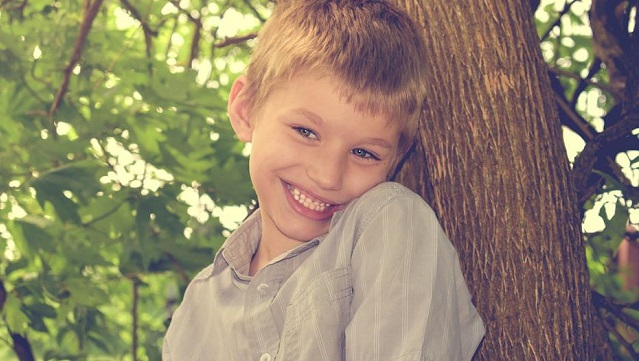Imagine you’re at a dinner party. The aroma of food sizzling in the kitchen never reaches you, and the cheerful chime of the dinner bell goes unheard. At first, it might sound like an escape from sensory overload—a dreamlike reprieve. But what if it wasn’t a dream? What if it was autism, shaping how you experience the world, filtering the sights, sounds, and smells that others take for granted?
Autism spectrum disorder (ASD) is a neurodevelopmental condition that affects how a person interacts with the world. Autism is a spectrum condition, meaning it affects individuals in vastly different ways. Some people with autism may have significant challenges in daily life, while others may be more independent.
“When we experience the world and interact with people, we use all our senses,” Cold Spring Harbor Laboratory Professor Stephen Shea says. “That’s true for animals and humans.” However, that’s not always the case in developmental disorders like autism. These conditions can affect how the brain processes incoming information, making it difficult to interpret the social cues that drive conversations, dates, and other interpersonal activities.
The precise mechanisms by which different sensory signals combine and interact within the brain remain unclear. To investigate this, Shea and her graduate student, Alexandra Nowlan, studied the interplay of smell and hearing in the brains of mice engaged in pup retrieval—a maternal behavior also observed in non-biological caregivers, similar to stepmothers or babysitters.
“Pup retrieval is one of the most important things for mothers or caregivers. It requires the ability to smell and hear the pup. If these things are both important, that may mean they merge somewhere in the brain. One interesting thing we found was a projection from a location called the basal amygdala (BA),” explains Shea.
In mice and humans, the BA is involved in learning and processing social and emotional signals. During pup retrieval, the team found that BA neurons carry smell signals to the brain’s hearing center, the auditory cortex (AC). There, they merge with incoming sound signals and influence the animal’s response to future sounds—like pups’ cries. Amazingly, when Shea’s team blocked maternal mice from accessing smell signals, their pup retrieval response almost completely broke down.
“We think what’s reaching the AC is being filtered through social-emotional signals from BA neurons,” Shea explains. “That processing can be impaired in autism and neurodegenerative conditions. We think many parts of the brain participate in this behavior and that it’s very richly controlled.”




